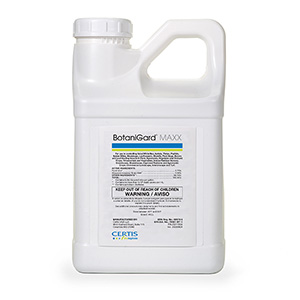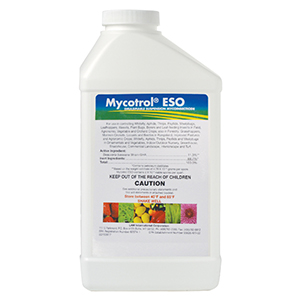Chinch Bugs

Blissus leucopterus hirtus (Montandon)
Chinch Bugs attack turf grass and wild grasses by piercing the plant with its four-jointed beak. They then suck out the plant sap, leaving the grass with the appearance of being too dry. These pests are often found in drought-stressed lawns – furthering the difficulty to identify the real problem. They are found from the east coast into the western plains of Nebraska, Kansas, Oklahoma, and Texas. Specimens have been examined as far north as Maine, Wisconsin, Minnesota, and South Dakota, and as far south as Louisiana and Alabama.
How to identify them?
It's easy to recognize a chinch bug, but very difficult to locate them. Infestations can go unnoticed because the damage resembles drought damage. The adult Chinch Bug is about 1/16 inch long and black with opaque wings. The wings may be as long as the body or 1/3 to 1/2 the length of the body. The wingless nymph is smaller (about ½ the size of a pin head) but similar in shape to the adult. The head and thorax are brown, the eyes are dark red, and the abdomen is pale yellow or light red with a black tip.
Monitoring
Use a metal can (coffee cans are a great size for this) with both ends cut out to determine infestation levels. Force one end of the can into the soil and fill with water - the pests float to the top. More than 5 chinch bugs indicates a severe infestation, fewer than 1-4 is considered a low-level infestation. Either requires treatment.
Chinch Bugs overwinter as adults and then emerge in the spring and deposit eggs singly behind the leaf sheath or in the soil at the base of the small grain crop plant.
-
$23.99
-
$90.00–$972.00
-
$5.99–$11.29
-
$95.00–$1,026.00
-
$110.00–$1,296.00
-
$115.00–$1,314.00
-
-
$31.49–$58.79
-
$123.00–$1,422.00
-
$125.00–$1,350.00
-
$270.00
-
$11.99–$101.92















